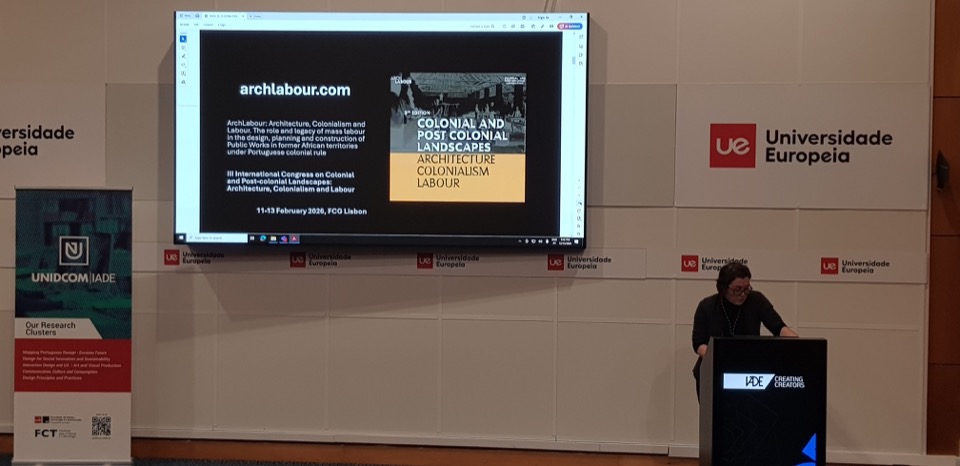Communication
The recruitment process of coolies for construction work on the Benguela railway – legal framework and labour force
Event: Unlikely Dialogues – International Congress on Past and Present Slaveries
Authors: Sónia Pereira Henrique
Date: 11 – 14 December 2024
Location: Lisbon, Portugal

Summary
At the Portuguese Colonial Congress of 1924, Francisco Mantero presented a thesis on indigenous labour in the African colonies, with a detailed analysis of the socio-economic conditions prevailing in each overseas province. In the context of labour, Mantero highlighted the exemplary nature of the legislation protecting workers in overseas territories. He further identified alcoholism and infectious diseases, including smallpox, syphilis and sleeping sickness, as the primary challenges facing overseas labour. This is the thesis of a prominent and esteemed businessman whose economic interests and business relevance, particularly in São Tomé and Príncipe, earned him the attention and credibility of public opinion. However, theses have purposes, obey structure and method and are prone to objection. As such, and regarding indigenous labour – despite being in a working-class context instead of a rural one – its intersection with the recruitment process of coolies for construction work on the Benguela railway, may offer a suitable point of comparison to the conditions under which indigenous labourers were employed. This indicates the potential for discerning similarities and differences between the two cases. Moreover, I intend to examine arguments that diverge from these perspectives, similar to Mantero’s, which were deeply entrenched in public opinion at the time. In light of the evidence gathered from the legal framework of the Benguela Railway and its archival records concerning labour, I intend to discuss this process, pointing out that the premise of Mantero was not entirely accurate – rather than being enemies, the subjects in question were, more accurately, the effects of several other factors. Furthermore, the movement of Chinese and Indian labourers facilitated a more nuanced understanding of the phenomenon that fed servitude in the contemporary period. The term ‘coolie’ was applied to Chinese and Indian labourers mobilised to perform in the colonial possessions, initially at plantations but extending to broad tasks due to labour shortage. The Benguela Railway, Angola’s largest railway line during the colonial period, required a significant workforce comprising individuals from diverse backgrounds and engaged in a range of skilled trades. It provides an invaluable opportunity to examine the concepts of servitude, oppression and rebellion in depth. The research developed within the scope of the ArchWar project (the study of violence and control through housing and architecture during colonialism, ref. PTDC/ART-DAQ/0592/2020) along with the archival management carried out at the Historic Overseas Archive in Lisbon on the Benguela Railway, and the follow-up during the ArchLabour project entitled “Architecture, Colonialism and Labour. The role and legacy of mass labour in the design, planning and construction of public works in former African territories under Portuguese colonial rule” (ERC-funded ref: 101096606) allows to discuss the impact of the construction and development of this colonial infrastructure on the Portuguese colonial project which would be incomplete without an investigation into recruitment practices.
Click here for more information.
Related Case Studies

